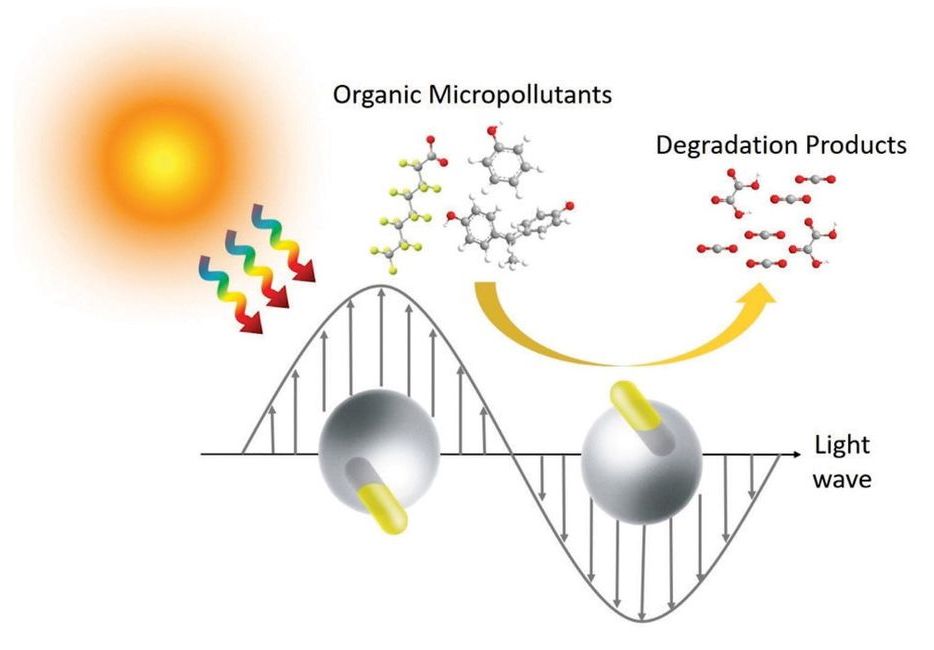With a new nanoparticle that converts light to heat, a team of researchers has found a promising technology for clearing water of pollutants.
Trace amounts of contaminants such as pesticides, pharmaceuticals and perfluorooctanoic acid in drinking water sources have posed significant health risks to humans in recent years. These micropollutants have eluded conventional treatment processes, but certain chemical processes that typically involve ozone, hydrogen peroxide or UV light have proven effective. These processes, however, can be expensive and energy-intensive.
A new nanoparticle created by Yale University engineers as part of an effort for the Rice-based Nanosystems Engineering Research Center for Nanotechnology-Enabled Water Treatment (NEWT) could lead to technologies that get around those limitations. The particle is described in a study published this week in the Proceedings of the National Academy of Sciences.









Comments are closed.